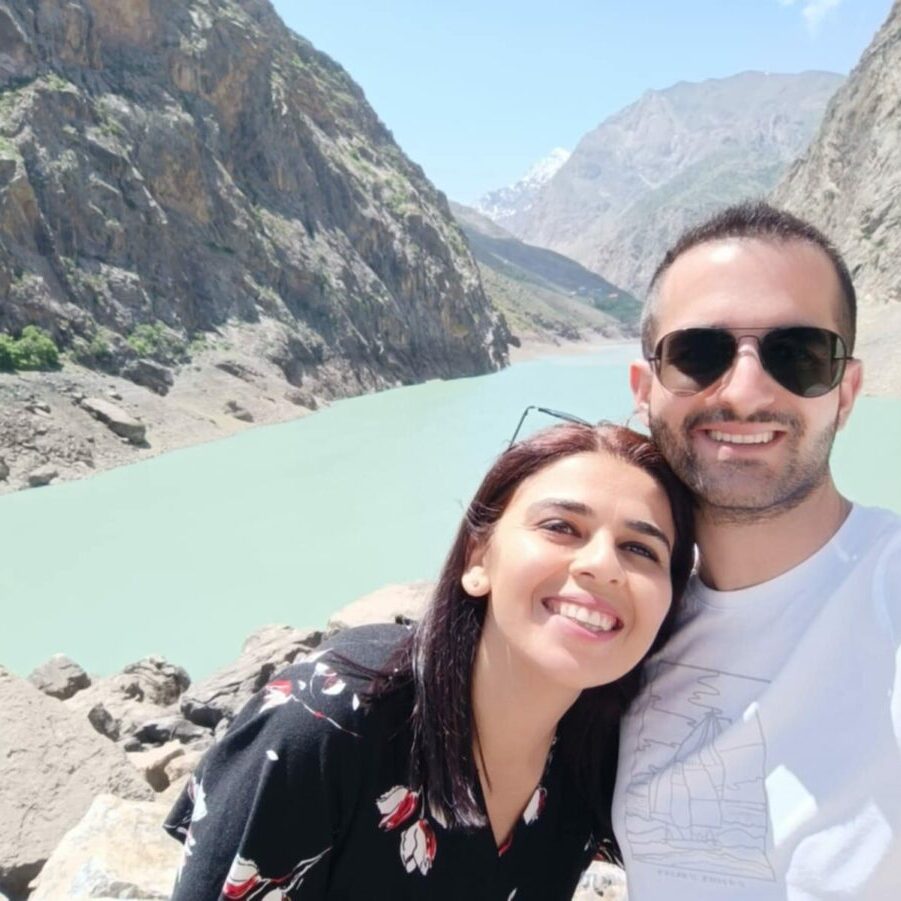Nicosia, the capital of Cyprus, is one of the oldest cities in the Mediterranean—and the only divided capital in Europe. Since the first crossing point opened in 2003, and with nine now in place, thousands of Greek and Turkish Cypriots have been able to connect, building relationships that go beyond the division. In this context, the Home of Cooperation serves as a bridge of peace and dialogue between the two communities, using art and culture to foster understanding.
In 2024, Cyprus marks 50 years since the Turkish invasion of 1974, which left the island divided into two zones. The conflict resulted in hundreds of deaths and missing persons, along with over 162,000 refugees who lost their homes due to the illegal military occupation of 37% of the Republic of Cyprus.
At the Ledra Palace crossing point, within the UN buffer zone, stands Nicosia’s iconic hotel. Once a luxury destination for world-renowned figures, it now serves only as accommodation for United Nations peacekeepers. It is also home to the Home of Cooperation, a space dedicated to fostering intercommunal collaboration and cultural dialogue since its establishment in May 2011. Acting as a bridge between Greek Cypriots and Turkish Cypriots, it provides a meeting place for those who envision a united Cyprus and advocate for lasting peace.
A Vision for a United Cyprus
“Over the past 14 years, the Home of Cooperation has become a landmark—an in-between space where meaningful interactions take place among the island’s inhabitants. With a vision of building a culture of peace, cooperation, mutual respect, and coexistence, it has played and continues to play a vital role in Cyprus,” says Maria Zenio, a member of its Board of Directors.
“The Home is more than just a physical space—it’s shaped by the people who use it. It remains one of the few locations in the buffer zone where individuals from across the island can come together. But its role extends far beyond that. Through educational programs, cultural events, community projects, and a wide range of workshops, it actively supports intercommunal cooperation. It contributes to the present and future of the island, creating opportunities and fostering collaborations among artists, musicians, and cultural figures from both communities.”
Breaking Down Barriers
One example of this intercommunal spirit is the bicommunal choir, which brought together Latife Sakiner, a Turkish Cypriot, and Orestis Agisilaou, a Greek Cypriot. Refusing to let division define their lives, the couple believes that what unites them is far stronger than what separates them.
“My parents were amateur musicians in the bicommunal choir for peace in Cyprus. Orestis was also part of it, along with others who believe in the power of music to bring our communities together. Rehearsals were held at the Ledra Palace Hotel, right across from the Home of Cooperation. That’s how we met. Despite growing up in separate communities, we realized that we share the same homeland,” Latife recalls.
“I’ll never forget the COVID lockdowns when the crossing points were closed, and we couldn’t see each other. We would go to the checkpoint, each sitting on our own side, separated by a barrier. We brought chairs, meals, and spent time together as best we could. That experience made us realize how strong our bond was. So, we decided to ‘erase’ the line of separation by getting married. Today, we live and work in the free area of Famagusta, and we often cross to the other side to visit Latife’s family,” Orestis shares.
Thousands of Daily Crossings
Currently, there are nine crossing points across Cyprus, all operating under specific legal provisions outlined in the Green Line Regulation. Every day, thousands of island residents use these crossings, strengthening ties between individuals from both communities.
Constantinos Sofokleous, a Cypriot police officer stationed at Ledra Palace, describes the scene: “Hundreds of Greek Cypriots, Turkish Cypriots, Europeans, and other third-country nationals cross the checkpoints daily, which operate 24/7. At the Home of Cooperation, events that bring together people from both communities take place in a friendly, welcoming atmosphere. There’s rarely a need for intervention—it’s truly a special place.”
Many Greek Cypriots who cross to the occupied north are refugees returning to visit their hometowns. Athena Kleanthous, a refugee from Morphou, shares her emotional experience:
“When the crossing points first opened, my brothers and I went back to see the house we left behind in 1974, when we were still students. It felt like time had stopped. Before we could even knock, the Turkish Cypriot family living there today opened the door for us. They welcomed us so warmly, as if they had been expecting us. They had even kept some of our old family photos they had found in the house, just to return them to us.
We were raised to see each other as enemies, but we are not—even if not everyone shares that belief. The family explained that they, too, were refugees. They didn’t choose to live in our home. Since that day, we have visited our village often.”
These interactions highlight the steps being taken toward genuine communication and cooperation. To further bridge divides, the Home of Cooperation offers Greek and Turkish language courses, helping people overcome language barriers—one of the many ways it works to erase the lines of separation once and for all.

Cover photo: The Home of Cooperation, a meeting place for those who wish to see their homeland reunified and thus work towards peace. @home4cooperation
